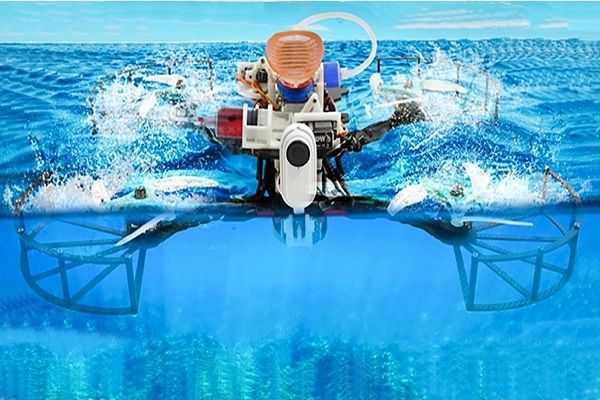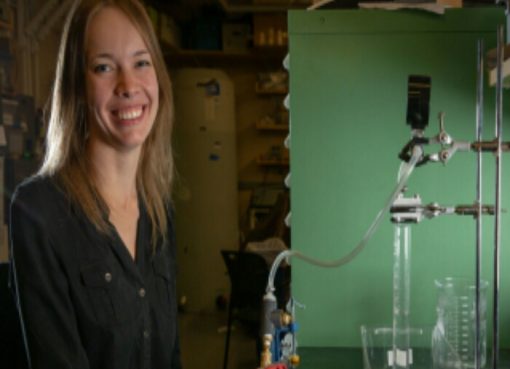Scientists develop a drone that can make an ultrafast transition from underwater to aerial vehicle .
The robot, designed by scientists from Beihang University, Imperial College London and Empa, is capable of switching from an underwater drone to an aerial vehicle in less than one second. This capability could allow it to make great advances in biological and environmental monitoring in marine ecosystems, such as surveying ocean pollution in the open sea.
The drone’s suction disc was inspired by the remora fish – a family of species known for their adhesive discs, which help them catch a ride on marine creatures including whales and sharks. This enables the drone to hitchhike on wet or dry moving objects to significantly reduce its power consumption, the scientists have explained in a new study published in Science Robotics.
Its new propeller design is the feature that allows it to transition between mediums faster than most prior aerial-aquatic robots.

Drone that can make ultrafast transitions between air and water
Until now, despite the potential use of untethered drones for research expeditions and wildlife surveys in remote environments, the lack of external power sources has often been a concern. To address this limitation, the scientists 3D-printed an aerial-aquatic untethered robot that reduces its power consumption through hitchhiking. Moreover, the remote-controlled robot’s disc can stick to wet and dry surfaces with different textures, even on moving objects.
Designed by a team of scientists from China, the United Kingdom and Switzerland, the versatile robot and its bio-inspired adhesive disc could be adapted for open-environment aerial and aquatic surveillance research.
“Our study shows how we can take inspiration from the adhesion mechanism of the Remora and combine it with aerial robotics systems to achieve novel mobility methods for robotics,” said Mirko Kovac, an author of the study.
In tests, the robot hitched a ride on a swimming host vehicle to obtain seabed images of hermit crabs, scallops, and seaweed. During the process, the hitchhiking robot consumed almost 20 times less energy than it would have using self-propulsion.
Through their outdoor experiments, the team could show that the robot can hitchhike, record video during air-water transitions, and perform cross-medium retrieval operations in both freshwater and saltwater environments.
Source:E&T










